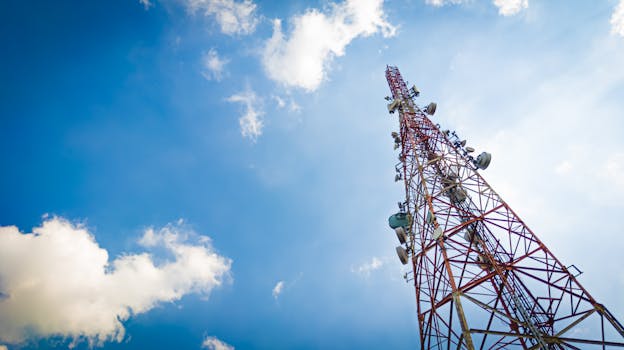
GEO Satellites: Introduction to a Revolutionary Technology
GEO satellites, or Geostationary Orbit satellites, are a type of satellite that orbits the Earth at an altitude of approximately 36,000 kilometers, remaining stationary relative to a fixed point on the planet. This unique characteristic allows GEO satellites to provide continuous coverage of a specific region, making them an essential component of modern telecommunications. The focus keyword GEO satellites is used to describe this technology, which has been widely adopted across various industries.
The concept of GEO satellites was first introduced in the 1940s by science fiction writer Arthur C. Clarke, who proposed the idea of using satellites in geostationary orbit to transmit signals around the world. Since then, the technology has evolved significantly, with the first GEO satellite, Syncom 2, being launched in 1963. Today, there are hundreds of GEO satellites in operation, providing a wide range of services, including television broadcasting, telecommunications, weather forecasting, and navigation.
How GEO Satellites Work
GEO satellites work by transmitting and receiving signals to and from Earth stations, which are specialized facilities that communicate with the satellite. The signals are transmitted to the satellite using a high-gain antenna, which is directed towards the satellite. The satellite then receives the signal, amplifies it, and retransmits it back to Earth, where it is received by another Earth station. This process allows GEO satellites to provide global coverage, enabling communication between different regions of the world.
The geostationary orbit of GEO satellites is not the only factor that contributes to their effectiveness. The satellite’s altitude and the curvature of the Earth also play a crucial role. At an altitude of 36,000 kilometers, the satellite is able to see approximately one-third of the Earth’s surface, allowing it to provide coverage to a large region. The curvature of the Earth also helps to reduce signal attenuation, enabling the signal to travel longer distances without losing strength.
Applications of GEO Satellites
GEO satellites have a wide range of applications, including television broadcasting, telecommunications, weather forecasting, and navigation. They are also used for military communications, Earth observation, and scientific research. The use of GEO satellites has enabled the development of global communication systems, allowing people to stay connected with each other across the world.
In the field of telecommunications, GEO satellites are used to provide internet connectivity to remote and underserved areas. They are also used to provide backup connectivity in case of fiber optic cable outages. The use of GEO satellites has also enabled the development of mobile networks, allowing people to stay connected on the go.
Future of GEO Satellites
The future of GEO satellites looks promising, with advancements in technology and the development of new applications. The use of high-throughput satellites (HTS) is becoming increasingly popular, allowing for faster data transfer rates and greater connectivity. The development of new propulsion systems is also underway, which will enable satellites to maintain their position and orbit more efficiently.
The use of GEO satellites is also being explored for new applications, such as providing connectivity to the Internet of Things (IoT) devices and enabling the development of smart cities. The use of GEO satellites will also play a crucial role in the development of 5G networks, providing the necessary infrastructure for the widespread adoption of 5G technology.




